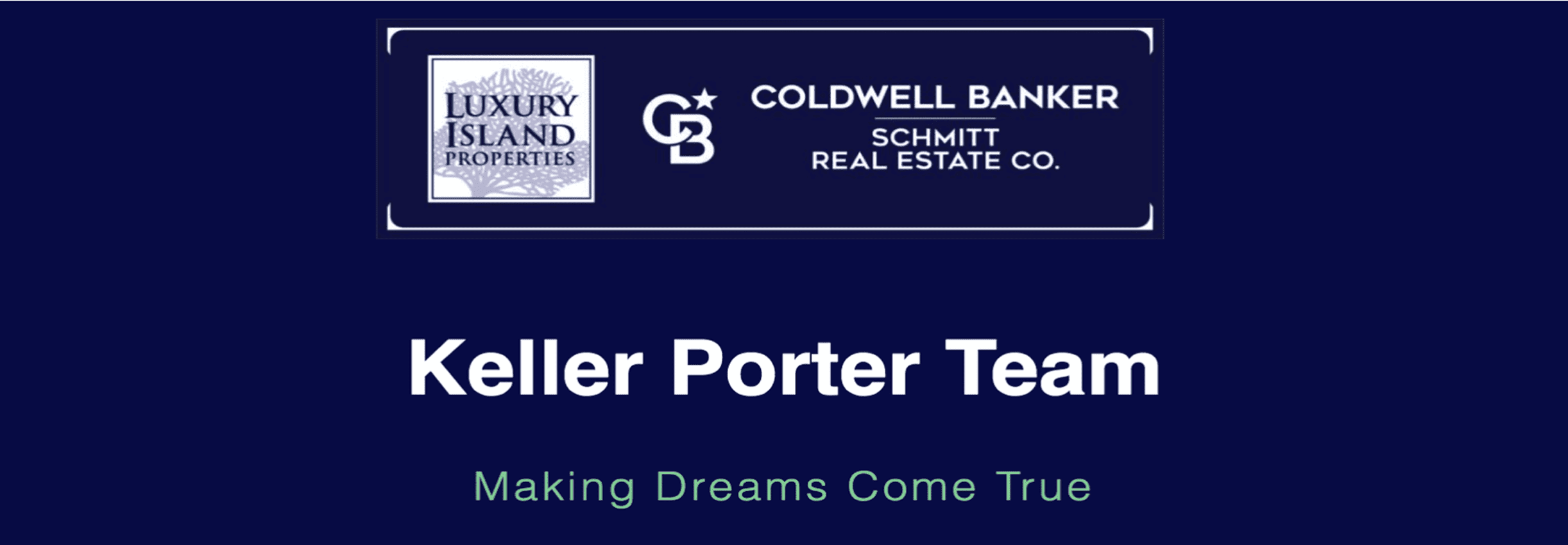Housing As An Investment
Housing is a key driver of the economy and continues to be a solid investment for the majority of American households. Housing provides steady returns largely unaffected by volatile movements in the stock market and will be driven by a strong fundamental demand into the future.
Housing wealth has a more immediate impact on consumer spending than stock wealth and has sustained the U.S. economy since the beginning of this decade.
Homeownership is the traditional starting point for American families to accumulate wealth, according to studies by the National Association of Realtors®, America’s leading advocate for homeownership.
NAR reports that the national median existing-home price increased 12.7 percent in 2005 and is projected to rise at a more normal rate of 5.0 percent this year. Since record-keeping began in 1968, the national median home price has risen every year, even during recessions and periods of sales decline. Typically, in a balanced market, home values rise at the general rate of inflation plus 1.5 percentage points.
Buying a home should be approached as a long-term investment, providing both equity accumulation and tax benefits over time. Despite some high-profile media reports, it’s important to note that most of the country has never experienced even a temporary downturn in home prices since modern recordkeeping began.
Low mortgage interest rates, a growing number of households, strong demographic factors, economic growth, and an improved labor market have been driving Americans in record numbers to purchase a home. In addition, over the last few years, Americans have shown a readiness to pull their money out of stocks and put it into real estate, often as a second home – a wise and practical move that provides safer returns on a tangible asset. In fact, one out of three homes purchased is a second home – about a third of those are vacation homes and the rest are for investment purposes, generally to provide rental income.
Demographic demand also favors housing over the long term. The children of the baby boom generation often called echo boomers, are the second largest generation in U.S. history. They total about 75 million people born from 1982 to 1995 and are just entering the years in which people typically buy a first home. In addition, the boomers themselves remain in peak earnings years, there is a strong immigration impact, and minority homeownership rates have been trending up.
The sharp changes in the financial markets over the last few years underscore the stability of residential real estate as a safe choice for consumers. Although it’s possible for local housing markets to experience temporary price corrections, most of the peaks and valleys in home prices that deviate from a normal, gradual increase tend to smooth themselves out during the typical period of homeownership.
Dollar for dollar, the rate of return on an individual’s cash downpayment on a house is substantial. Homebuyers typically use their own money to cover only a small portion of the purchase price, yet the home appreciation they realize is based on the total value of the property.
First-time home buyers make a median downpayment of 2 percent, while repeat buyers put 21 percent down – thanks to the equity they’ve built in their previous home.
According to Harvard University’s Joint Center for Housing Studies, there is a dramatic increase in the rate of return on housing the longer it is held. For instance, the typical homeowner who experiences an annual home appreciation rate of 5 percent and who made a cash down payment of 10 percent will generally receive a 94 percent return on that cash after owning the home for only three years. After owning for five years, a homeowner can expect a rate of return on the downpayment to increase to 225 percent; after 10 years, the rate of return jumps to 623 percent.
The stock market has experienced wide swings in value over the past 20 years. During that time, overall home values have continued to rise steadily and contribute significantly to household wealth and spending patterns.
Housing is not a quick-in, quick-out investment. When purchased for the long term, housing is one of the safest investments a consumer can make. In addition to the savings accumulated through a buildup of equity and tax advantages, a home provides shelter. No paper investment provides this benefit.
Homeowners accumulate significantly more wealth than renters. According to the Federal Reserve Survey of Consumer Finances, the median net wealth of a renter household is $4,800, while the median net wealth of a homeowner household is $171,700. Clearly, owning a home is the best way for most families to build a nest egg.
Homeowners use their home equity to get cash for emergencies as well as for the purchase of big-ticket items and have more confidence in housing wealth gains than stock gains that could prove to be unsustainable. In addition, the capital gain people realize from the sale of their home is a significant source of down payment funds for most repeat buyers; those funds are also used for other purposes that stimulate the economy through consumer spending. The above information and statistics are from the N.A.R. National Association of REALTORS
For more than 30 years, savvy real estate investors have used Individual Retirement Accounts (IRA) to purchase virtually any kind of fee-simple investment real estate, including:
• Raw or developed land
• Single & multi-family homes
• Condos, co-ops & townhomes
• Apartment buildings
• Commercial property do so, investors must open a Self-directed IRA with an IRS-approved Administrator, Custodian, or Trustee and then have their retirement plan funds transferred or rolled over to their new account. Self-directed investing is regulated by state and federal banking regulations and IRS tax law. The term ‘Self-directed’ investing simply means that the investor chooses the specific asset to invest in, unlike purchasing a mutual fund, where assets are chosen by fund managers and other entities. Self-directed IRAs are no different than conventional IRAs, except that they allow investment in non-traditional assets, such as real estate and other investments. With a Self-directed IRA-funded account, individuals can invest in real estate in many ways. If the Self-directed IRA has sufficient funds, the IRA can purchase the property outright; the asset is held in the IRA.
As the owner of the land, the IRA must have sufficient funds to pay property tax, etc. Investors can also ‘partner’ with themselves or other qualified persons to effectively extend their purchasing power. Imagine having personal funds and IRA funds to effectively purchase the property such that each share would own “an undivided interest” in the property, which means they share all expenses and profits based on that pro-rata share. Similarly, investors have used legal entities, such as a Limited Liability Company (LLC) and Limited Liability Partnership (LLP) to invest in real estate. Finally, investors can direct their IRA to actually take out a mortgage to purchase a rental property. These are called ‘non-recourse’ loans which are procured from specialized lenders and the loan’s repayment must come from contributions to or income from the property in the plan. Self-directed IRAs offer substantial tax advantages that have made many millionaire investors.
The greatest advantage is that IRA investors pay no capital gains tax when the property is sold by the IRA. In addition, because the profit from the sale is deposited back into the IRA with no tax on gain or growth, the investor enjoys the power of compound interest to invest in the next real estate deal. Although IRS 1031 exchanges can be used to fund partial IRA investments in real estate, Self-directed IRAs do not have the same limitations and holding periods and thus are much more flexible. Finally, if you’re like many investors who are tired of poor-performing investments in stocks, bonds, and mutual funds, Self-directed IRAs offer true portfolio diversification; i.e., in real estate, to help build wealth via tax-deferred or tax-free income-generating assets! Your first step in purchasing real estate is to have a trusted Realtor who is knowledgeable in finding your ideal property.
Purchasing real estate with your IRA is very similar to conventional means, but IRS regulations must be observed. As with any investing, it’s always appropriate to have competent advice from tax and legal advisors. Beyond that, the best remedy to avoid problems with the IRS is to become an educated investor by reading or attending a workshop or seminar on buying real estate in an IRA offered by your local Self-directed IRA Administrator. For more information on Self-directed IRA investing, contact Julian Acosta, Director, of Business Development for Entrust Administration Services in South Florida. Call 954-331-8072 or toll-free: 866-561-4472 or email at jacosta@entrustfl.com

